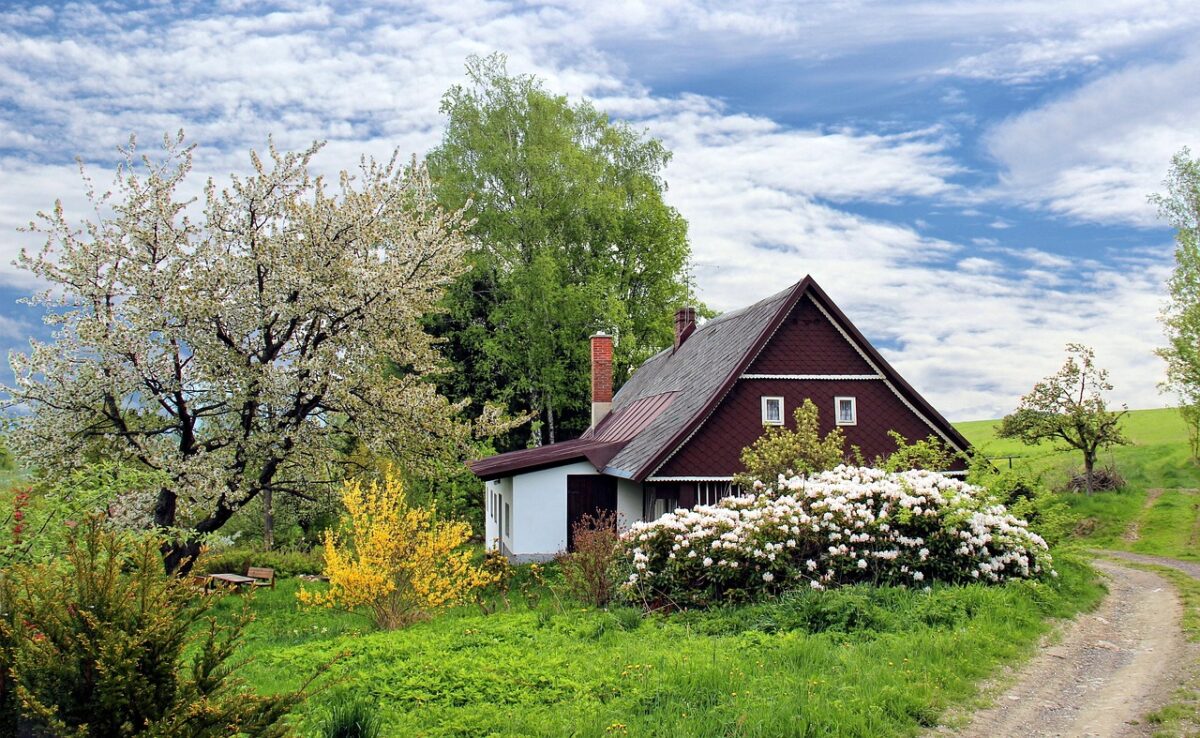Cottage gardens evoke a sense of nostalgia, charm, and tranquility, often reminiscent of English countryside homes. These gardens are designed to be both beautiful and functional, blending flowers, herbs, and vegetables in a harmonious, informal layout. For those looking to cultivate a cottage garden, understanding its unique features and planning effectively can transform any outdoor space into a vibrant sanctuary. This article delves into the key elements of cottage garden design, from essential plants to practical tips for maintenance, ensuring you have everything you need to create your own enchanting garden.
Cottage gardens have their roots in the rural landscapes of England, where they were traditionally cultivated by peasants and farmers for both beauty and sustenance. These gardens were typically small, packed with a variety of plants, and designed to be functional, providing food and medicinal herbs for the household. The informal style of cottage gardens is characterized by dense planting, a mix of flowers and vegetables, and winding pathways.
Key features of cottage gardens include:
- Diversity of Plants: A mix of flowers, herbs, and vegetables, often planted closely together.
- Informal Layout: Curved paths and beds that create a relaxed and inviting atmosphere.
- Vertical Elements: Trellises, arbors, and fences adorned with climbing plants.
- Wildlife Friendly: Attracts pollinators like bees and butterflies, fostering biodiversity.
Planning Your Cottage Garden: Design Principles and Layouts

Creating a successful cottage garden starts with careful planning. Here are some fundamental design principles to consider:
Choosing the Right Location
Select a spot that receives at least six hours of sunlight daily and has good drainage. Observe how the light and shade change throughout the day, as this will influence plant selection.
Layout Ideas
When planning your garden layout, consider these three sample designs:
- Classic Rectangular Layout: Create a rectangular garden divided into sections for flowers, herbs, and vegetables, with a winding path leading through the space.
- Curvilinear Design: Use curved beds and paths to create a more organic flow, allowing for a more informal feel. This design can include a central focal point, such as a birdbath or bench.
- Raised Beds: Incorporate raised beds for easier access and improved drainage. This design is particularly useful for vegetables and herbs.
Essential Plants for Cottage Gardens: Flowers, Shrubs, and Edibles
Choosing the right plants is crucial for a thriving cottage garden. Here’s a list of essential plants that embody the cottage garden spirit:
- Roses: Classic and fragrant, they thrive in sunny spots and require minimal care.
- Lavender: Drought-tolerant and aromatic, lavender attracts pollinators.
- Foxglove: Tall and stately, these biennials provide vertical interest.
- Delphinium: Known for their vibrant colors and height, they add drama to the garden.
- Peonies: These perennials offer lush blooms and are relatively low-maintenance.
- Sunflowers: Bright and cheerful, they are easy to grow and attract birds.
- Herbs (like Thyme and Sage): Useful in the kitchen and fragrant in the garden.
- Vegetables (like Tomatoes and Zucchini): Easy to grow and beneficial for a productive garden.
- Black-eyed Susans: Hardy and cheerful, they bloom throughout the summer.
- Hollyhocks: Tall, stately flowers that add height and color.
Each of these plants has specific care requirements, but many are adaptable and forgiving, making them ideal for beginners.
Step-by-Step Guide: Creating Your Own Cottage Garden
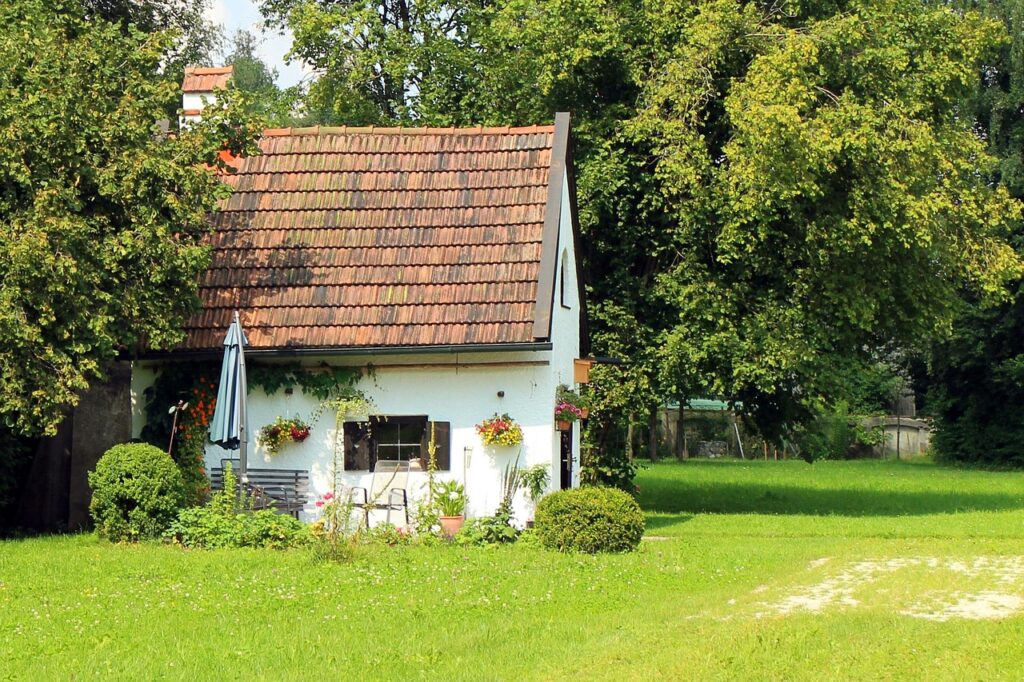
Starting a cottage garden can be a rewarding endeavor. Follow these steps to create your own:
Step 1: Design Your Layout
Sketch your garden plan, considering plant heights, colors, and the overall flow. Incorporate paths and focal points.
Step 2: Prepare the Soil
Test your soil for pH and nutrient levels. Amend as necessary with compost and organic matter to enhance fertility and drainage.
Step 3: Select Your Plants
Choose a variety of plants that bloom at different times to ensure year-round interest. Group plants with similar water and sunlight needs together.
Step 4: Planting
Follow the spacing recommendations for each plant. Dig holes that are twice as wide as the root ball and deep enough to accommodate the roots.
Step 5: Mulch and Water
Apply a layer of mulch to retain moisture and suppress weeds. Water newly planted areas thoroughly and consistently, especially in the early stages.
Soil, Light, and Water Requirements for Cottage Gardens
Understanding the soil, light, and water needs of your plants is vital for a successful cottage garden.
Soil Requirements
Cottage garden plants thrive in well-draining soil enriched with organic matter. Aim for a pH level between 6.0 and 7.0. Regularly amend the soil with compost to maintain nutrient levels.
Light Requirements
Most cottage garden plants prefer full sun, needing at least six hours of direct sunlight. However, some plants, like ferns and hostas, appreciate partial shade. Consider the specific needs of each plant when selecting their location.
Watering Needs
Water deeply but infrequently to encourage deep root growth. Most plants prefer to dry out slightly between waterings. Early morning is the best time to water, reducing evaporation and disease risk.
Seasonal Care Checklist: Spring, Summer, Fall, and Winter Tasks
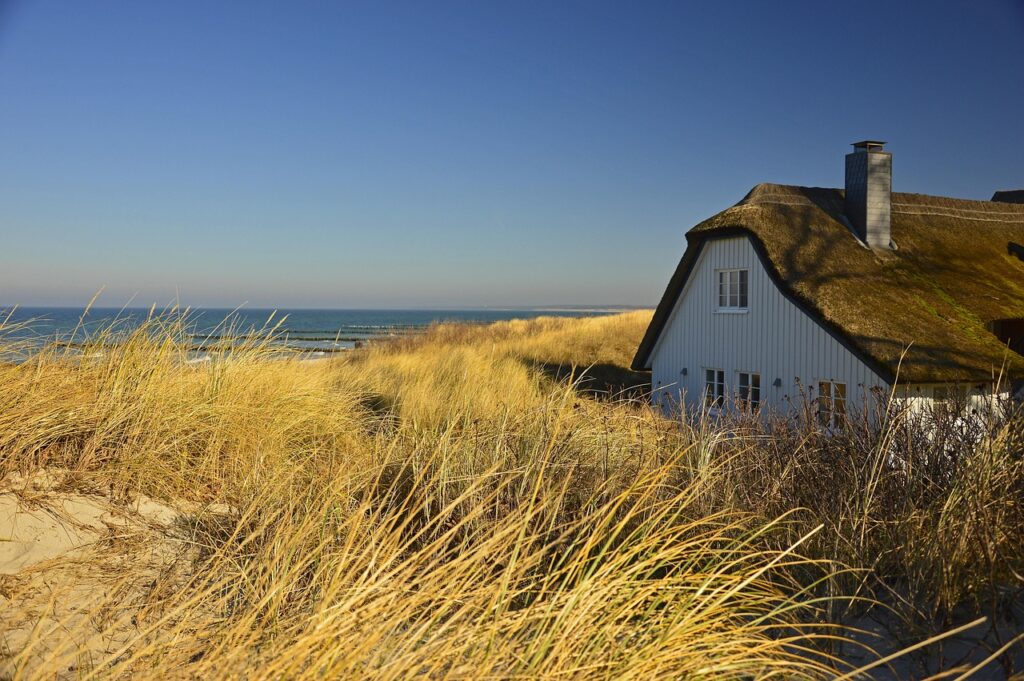
Maintaining a cottage garden requires attention throughout the seasons. Here’s a seasonal checklist to guide you:
Spring
- Clear away debris and dead plants from winter.
- Test soil and add amendments as needed.
- Plant new seeds and seedlings.
- Mulch to retain moisture and suppress weeds.
Summer
- Water regularly, especially during dry spells.
- Deadhead spent flowers to encourage more blooms.
- Monitor for pests and diseases.
- Harvest vegetables and herbs as they ripen.
Fall
- Cut back perennials and remove annuals.
- Add compost and mulch to prepare for winter.
- Plant spring-flowering bulbs.
- Clean and store garden tools.
Winter
- Protect tender plants with mulch or covers.
- Plan next year’s garden layout and plant selections.
- Inspect tools and make necessary repairs.
- Enjoy the winter landscape and plan for spring.
Common Pests and Diseases in Cottage Gardens (and How to Manage Them)
Cottage gardens can attract various pests and diseases. Here are some common issues and management strategies:
- Aphids: Control with insecticidal soap or introduce beneficial insects like ladybugs.
- Powdery Mildew: Improve air circulation and avoid overhead watering. Use fungicides if necessary.
- Slugs and Snails: Hand-pick or set up traps using beer to lure them away.
- Spider Mites: Spray with water to knock them off leaves and increase humidity.
- Whiteflies: Use sticky traps and insecticidal soap to control populations.
Must-Have Tools and Safety Tips for Cottage Gardeners
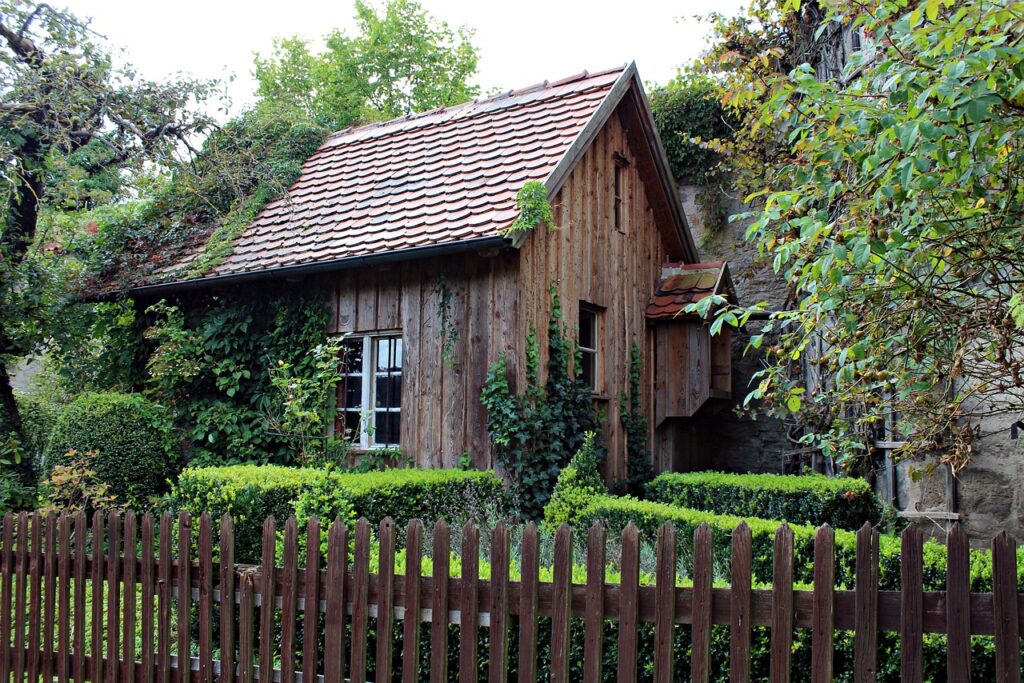
Having the right tools is essential for effective gardening. Here’s a list of must-have tools:
- Hand Trowel: Ideal for planting and digging small holes.
- Pruning Shears: Essential for trimming plants and harvesting.
- Garden Fork: Useful for turning soil and aerating beds.
- Weeder: Helps remove weeds without disturbing surrounding plants.
- Watering Can or Hose: For efficient watering.
- Gloves: Protects hands from thorns and soil.
- Garden Rake: For leveling soil and spreading mulch.
- Wheelbarrow: Useful for transporting soil, plants, and tools.
Safety is paramount while gardening. Always wear gloves to protect your hands, use tools correctly, and stay hydrated while working outdoors. Be mindful of your posture to avoid strain, and take breaks as needed.
Inspiring Cottage Garden Design Ideas and Examples
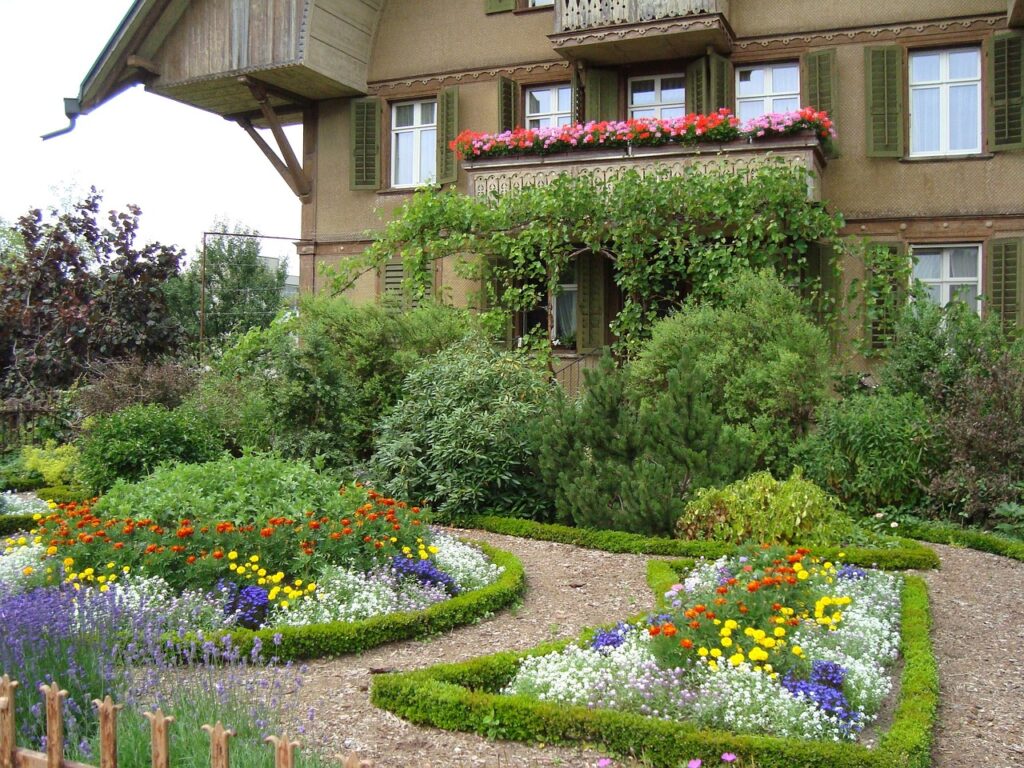
For those seeking inspiration, here are several captivating cottage garden designs:
- Rustic Pathways: Use natural stone or gravel paths that wind through lush flower beds, creating a sense of adventure.
- Vertical Gardens: Incorporate trellises with climbing roses or sweet peas to add height and interest.
- Wildflower Meadows: Allow a section of your garden to grow wildflowers, attracting pollinators and creating a natural look.
- Seasonal Borders: Design borders that change with the seasons, using a mix of perennials and annuals for continuous blooms.
- Edible Flower Beds: Combine ornamental and edible plants, such as nasturtiums and pansies, to create visually stunning and delicious displays.
